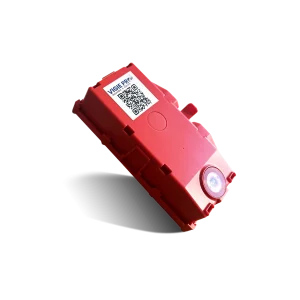Electronics design office, IoT expert
Electronic design office with innovative technical solutions
Le bureau d’études électronique d’Altyor a été créé dans les années 90 et a lancé depuis plus de 30 ans près de 200 projets connectés. Depuis quelques années, nos experts-ingénieurs ont développé des compétences en éco-conception, dans l’objectif de concevoir des produits électroniques à faible impact environnemental.


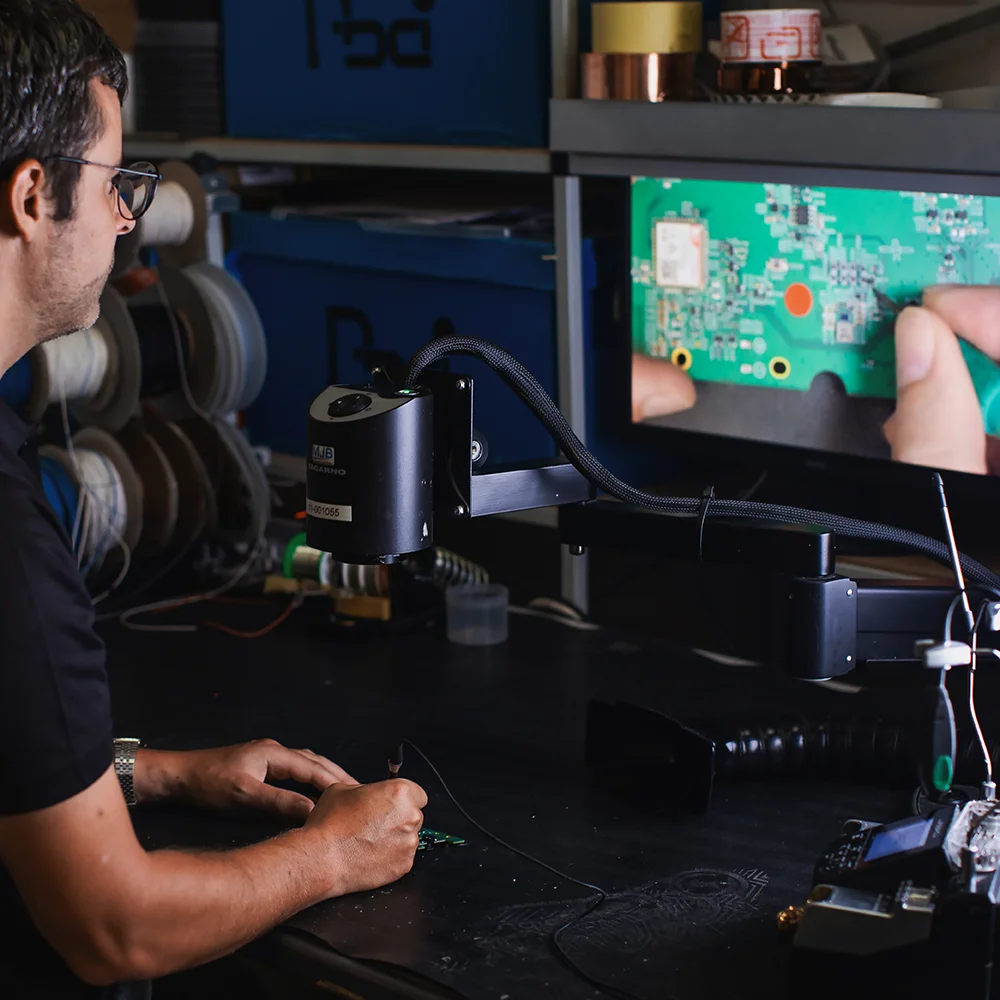
Multi-protocol, multi-sensor, multi-functionality
Altyor bénéficie d’un large spectre de briques électroniques. Sigfox, LoRa, Wi-Fi, Lifi, Zigbee, EnOcean. Ceux ne sont que quelques exemples de protocoles radio déjà implantés par les équipes Altyor.
En termes de capteurs, Altyor n’est pas en reste. Accéléromètre, gyroscope, magnétomètre, UV, COV …
Notre bureau d’études électroniques implémente les capteurs selon votre besoin et l’usage de votre produit.
All stages in the design of a finished product
Architecture, schémas et routage du PCB, firmware. Notre centre R&D étudie et conçoit les produits électroniques (connectés ou non) en intégrant toutes les interfaces des composants crées dans l’architecture. Chaque bloc fonctionnel est étudié dans la globalité du projet pour ne jamais oublier les interactions de chacun (énergie, EMI, interfaces, émission radio, etc.).
La revue d’industrialisation assure que le produit défini en étude réponde parfaitement aux exigences de la fabrication industrielle. La mécatronique assure que le produit défini en étude s’intègre bien dans l’environnement mécanique (fixation, dimensionnel, radio …).
La phase de conception doit également permettre de valider les principales fonctions logicielles, de construire le cahier de test unitaire et d’élaborer le protocole de test afin d’obtenir les certifications nécessaires au produit.
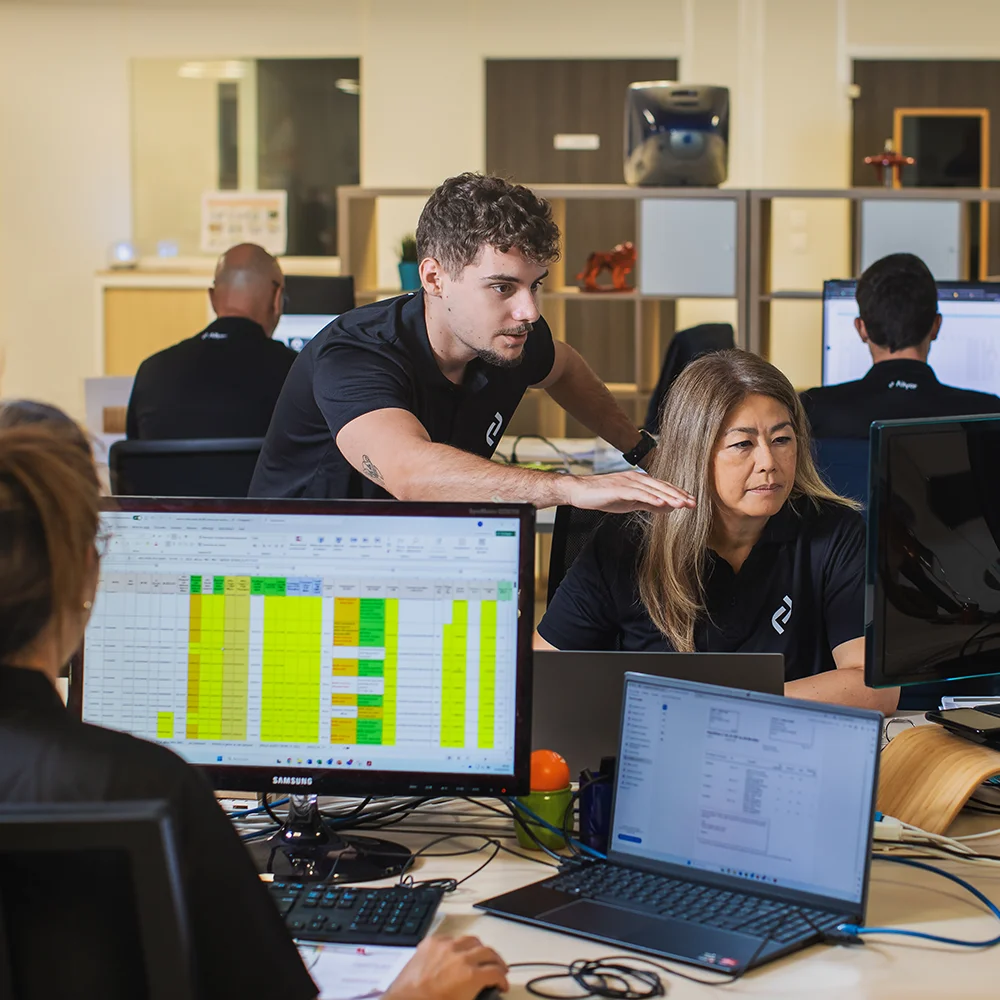
Afin de valider des solutions techniques, différentes maquettes intermédiaires sont réalisées. Ces maquettes permettront de confirmer les choix technologiques, jusqu’à le prototypage d’un produit fonctionnel, validant les aspects mécaniques et électroniques.
Get a quote tailored to your project!
Electronics design office with expertise in eco-design
Lors de la conception de produits électroniques des clients, nos équipes d’ingénieurs sélectionnent les composants et réalisent les produits autour de 4 critères : l’usage, la durabilité, l’optimisation de la consommation et l’éthique.
Nos ingénieurs proposent une solution technique optimale adaptée à votre besoin projet durable car nous ne créons pas des produits à usage unique et nous concevons tout produit pour qu’il dure dans le temps. Pour cela, nos équipes font des choix technologiques éprouvés par nos 30 années d’expérience. Ils réalisent également systématiquement un calcul de fiabilité des cartes électroniques MTBF (Mean Time Between Failures), assurant ainsi la durabilité des PCBA. Les produits sont également éco-conçus autour d’une réparabilité facilitée, avec notamment, quand cela est possible, l’intégration de la mise à jour du firmware à distance, idéalement par radio (depuis le cloud) ou à proximité (en BLE).
Nos experts-ingénieurs travaillent également sur l‘optimisation de la consommation via le choix de technologies basse consommation selon l’usage via la gestion optimisée des modes de fonctionnement et mode de veille (pour ne réveiller le produit que lorsque cela est nécessaire) ou encore via la maîtrise des technologies d’alimentation (courant de fuite, tension d’alimentation …). Et lorsque le cas d’usage du produit le permet, nous utilisons pour nos clients des solutions technologiques alternatives et propres telles que le solaire, l’effet Peltier, harvesters … pouvant offrir une autonomie totale ou complémentaire.
Finally, we check our choice of electronic components against responsible criteria, such as their environmental risks (RoHs and Reach), or their origin outside conflict zones.
Découvrez l’ensemble de nos actions éco-responsables dans notre politique Design for Tomorrow.
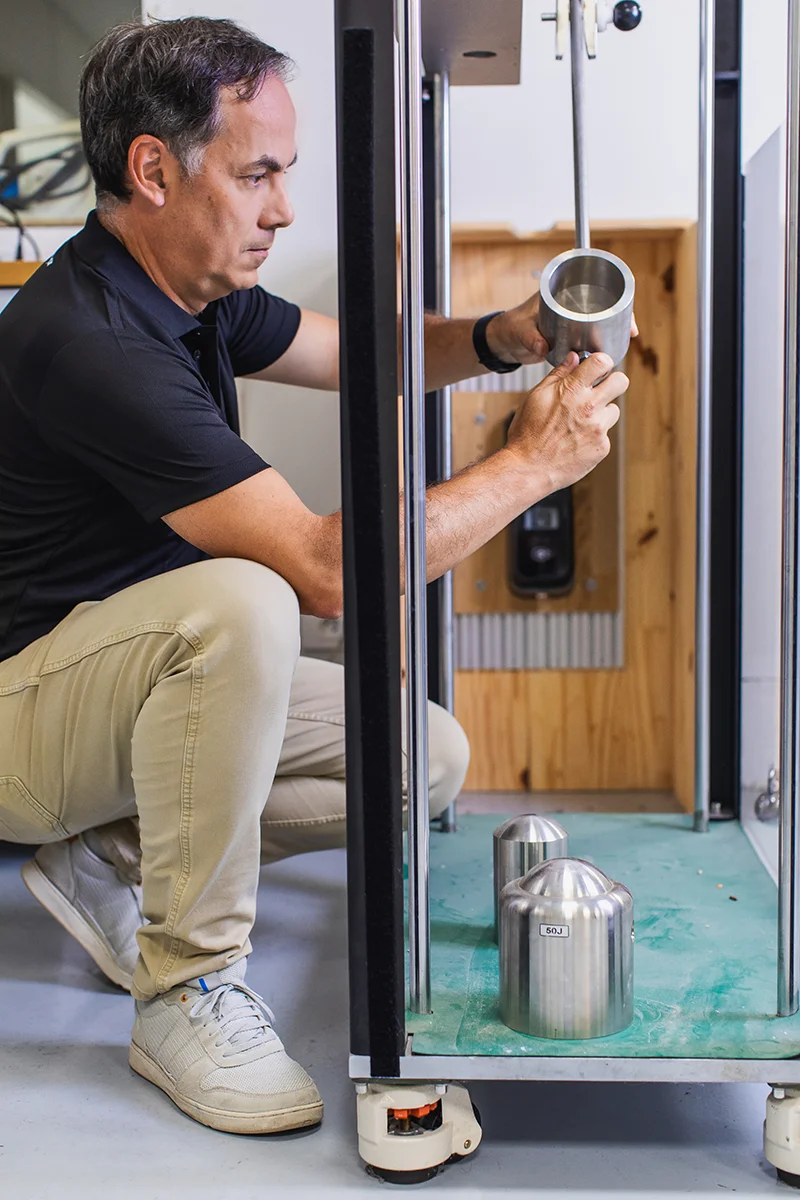

Passionate, committed engineering teams
Notre retour d’expérience de plus de 30 ans permet à nos équipes d’ingénieurs d’être force de proposition tout au long de votre projet dès la construction de votre architecture produit.
La flexibilité de notre centre R&D permet de s’adapter à vos évolutions produits ou modification au cours du projet.
Venez à la rencontre d’équipes passionnées, à l’écoute de vos questionnements pour vous apporter des réponses personnalisées.
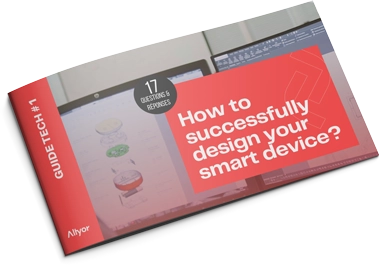
How to design a successful connected object?
Mechanical and electronic design is the first major step in your product journey. It will lead you to the prototyping, industrialization and production phases. In this guide, you’ll discover 18 key points for designing your connected object.

